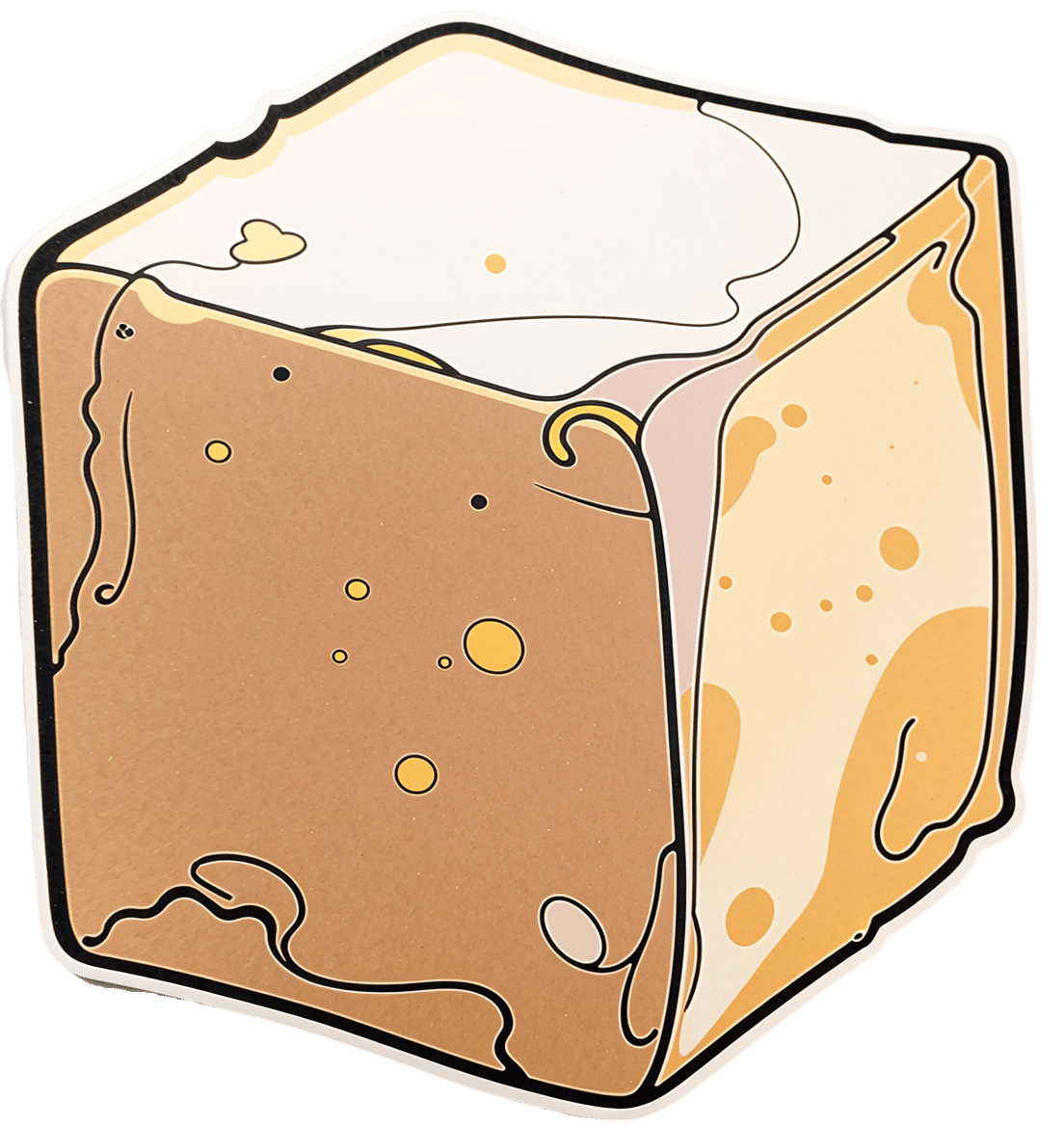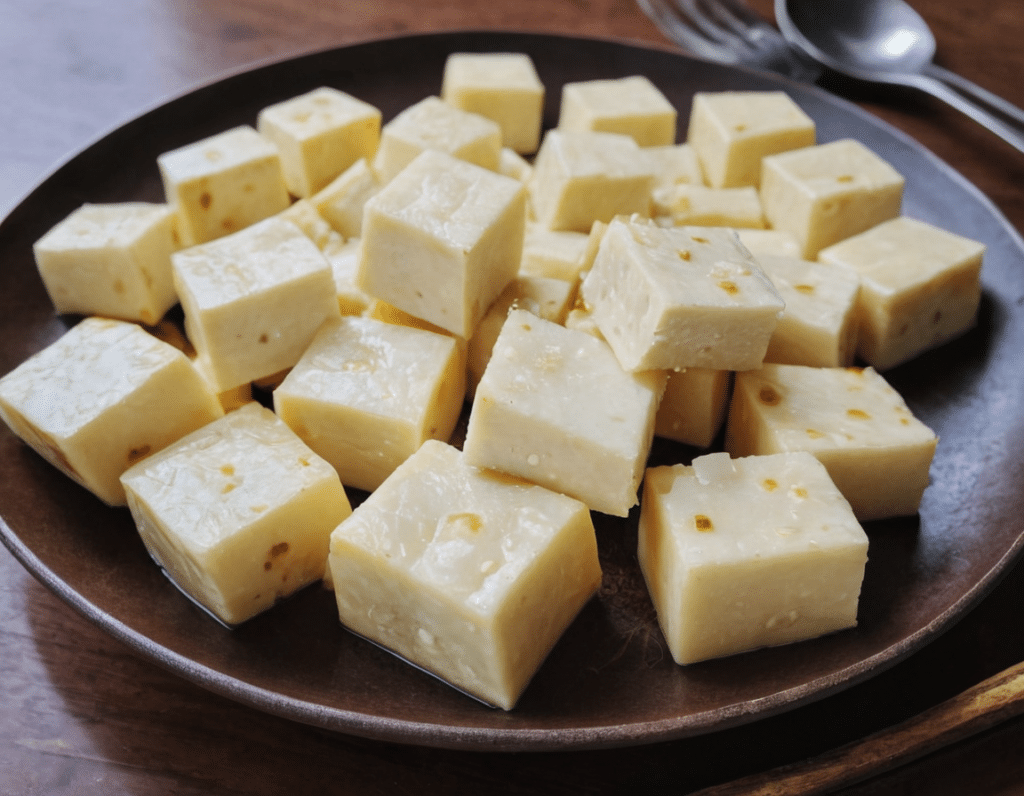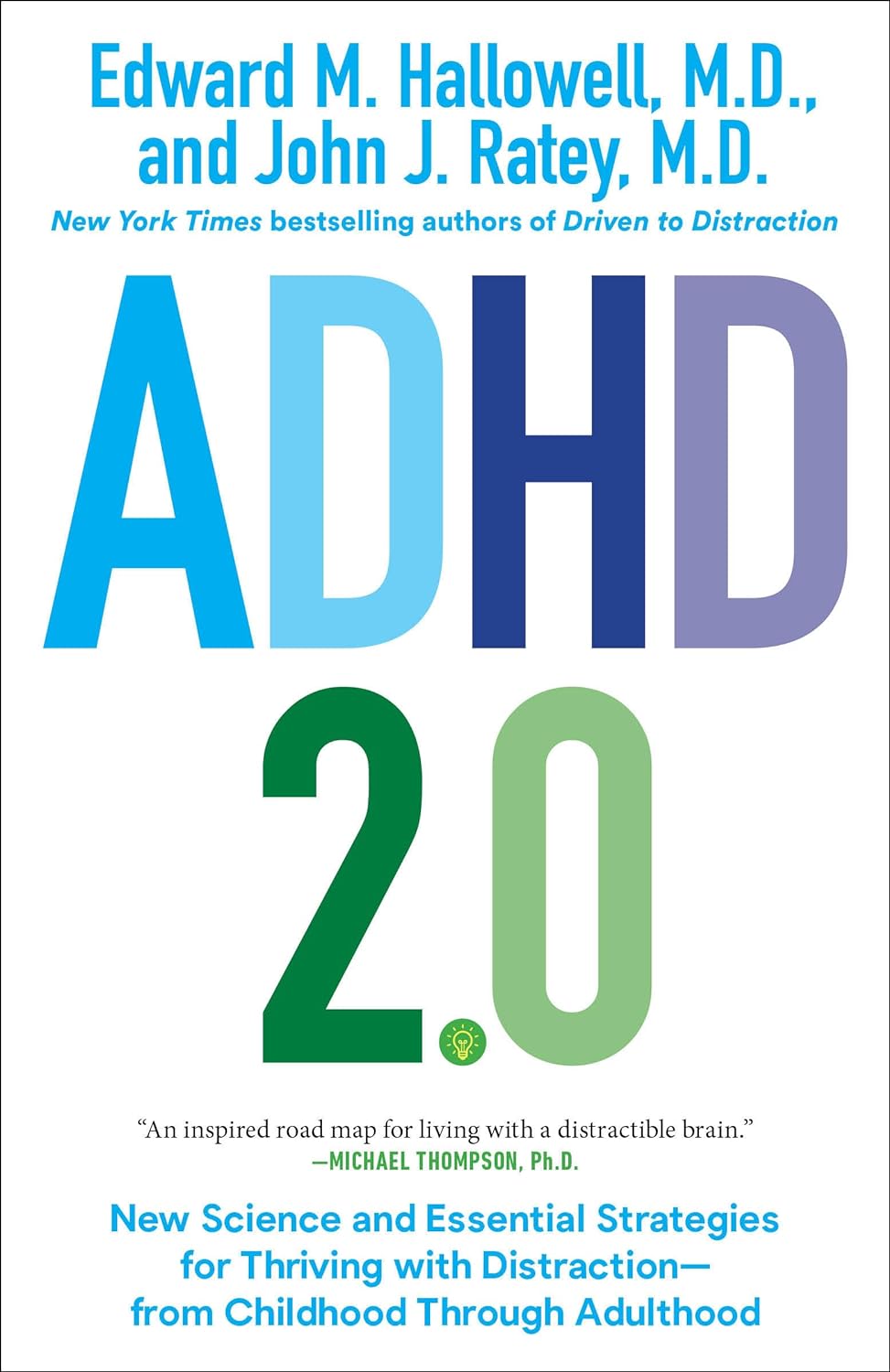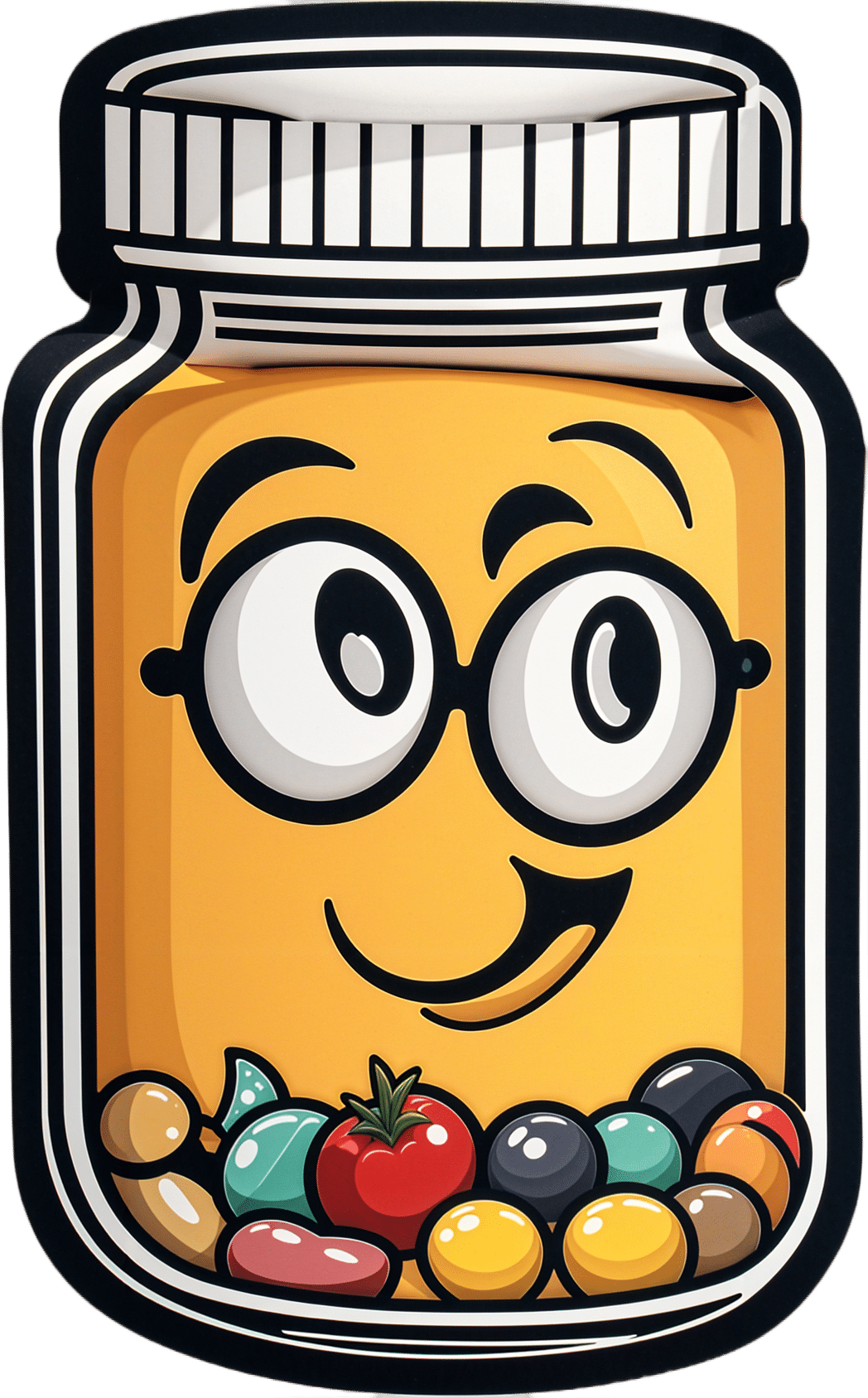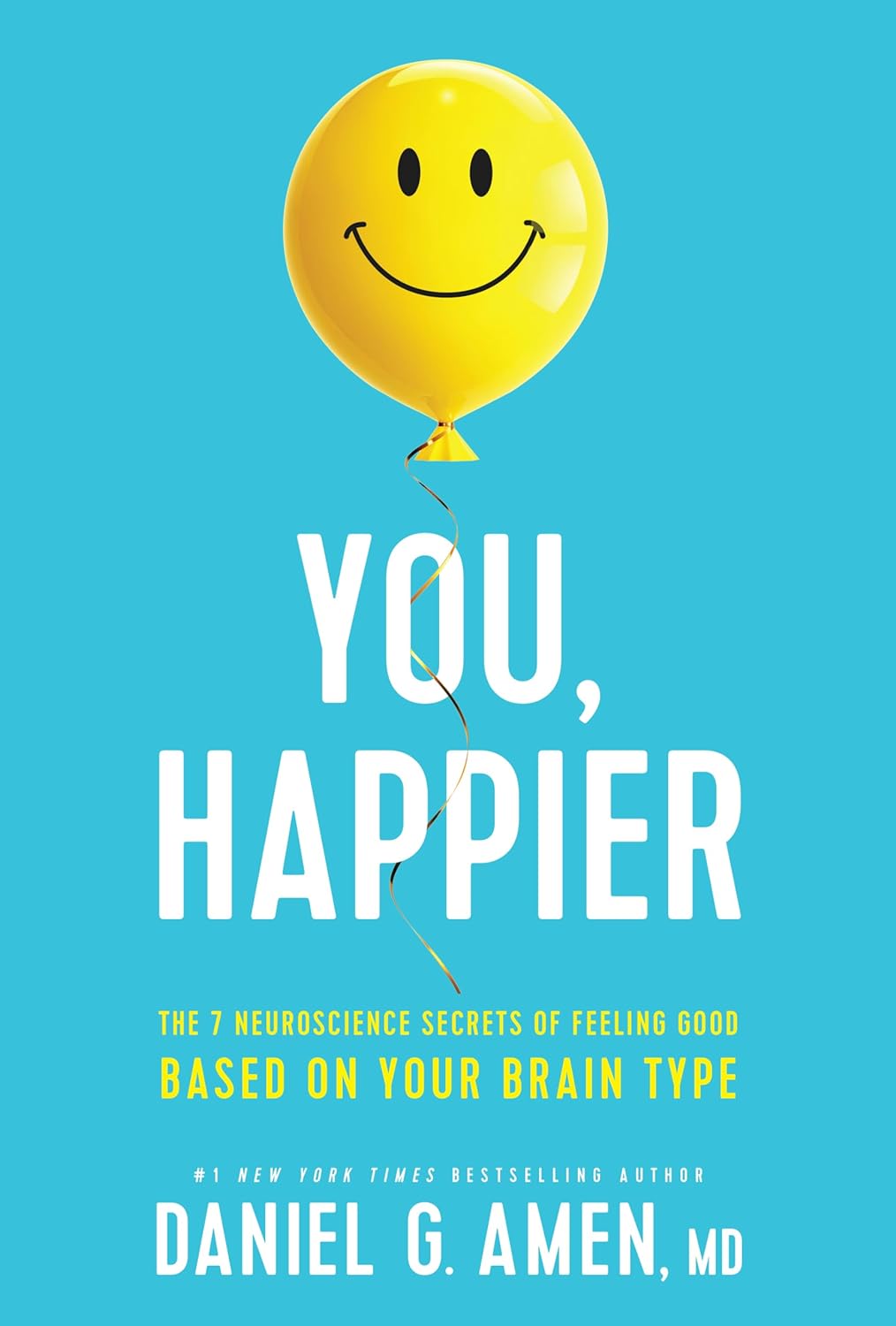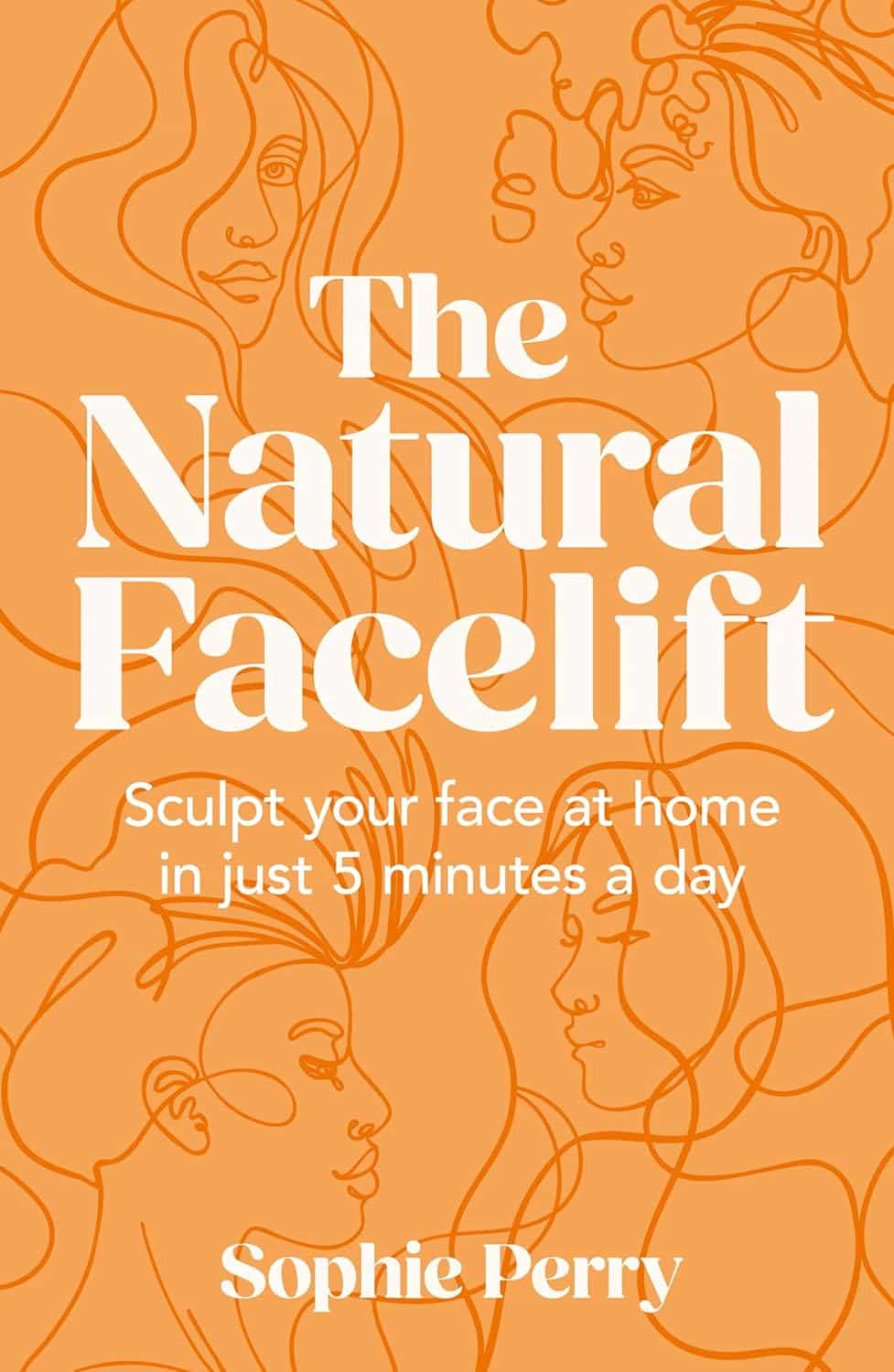
Don’t Do *This* If You’re Over 50 (And Want Better Sleep)
10almonds is reader-supported. We may, at no cost to you, receive a portion of sales if you purchase a product through a link in this article.
Dr. Michael Breus, sleep specialist, explains:
Don’t make these mistakes
Dr. Breus recommends avoiding…
- Misusing magnesium: magnesium is a helpful sleep aid but must be carefully monitored. Recommended doses are 250mg for women and 300–350 mg for men, with slight adjustments for hot climates or active lifestyles. Overdosing can cause stomach issues, diarrhea, and dehydration, disrupting sleep. He recommends starting with magnesium glycinate for fewer stomach issues, and later mix with magnesium citrate. Always check supplements to avoid excessive magnesium intake.
- Misusing melatonin: melatonin production declines after age 55–60, making low-dose supplementation (0.5–1 mg) beneficial. He recommends, however, avoiding high doses (3–10mg), and he recommends to take it 90 minutes before bedtime. Melatonin interacts with some medications (including some meds for blood pressure or depression), so consult a pharmacist before use to avoid risks like serotonin syndrome.
- Going to bed too early: going to bed too early disrupts circadian rhythms and reduces sleep drive, causing earlier waking. Now, being an “early bird” is a generally healthy thing, but if you’re already getting up at 5am, say, you probably want your schedule to not continue to creep further forwards until you become nocturnal. Set a consistent wake-up time and count 7.5 hours backward (plus a set time to fall asleep, e.g. 20 minutes, but you’ll know what it is for you) to determine bedtime.
- Excessive caffeine consumption: from the heading, it may seem like a no-brainer, but older adults metabolize caffeine 33% slower on average, prolonging its effects. Dr. Breus recommends to reduce intake with “caffeine fading,” switching to half-caffeinated coffee for a while and then considering transitioning to decaf. He also suggests enjoying increasingly lower-caffeine teas, like black tea in the morning, matcha in the afternoon, and herbal tea at night to reduce caffeine’s impact on sleep.
- Falling foul of serotonin: avoid taking 5-HTP supplements with SSRI antidepressants like Prozac or Zoloft due to the risk of serotonin syndrome.
- Consider checking for physical problems: if you regularly wake up tired and/or groggy (despite having ostensibly had enough sleep, and there not being a pharmaceutical explanation for your grogginess), consider screening for sleep apnea. Home sleep tests are a convenient way to identify and treat this common but often undiagnosed condition.
For more on each of these, enjoy:
Click Here If The Embedded Video Doesn’t Load Automatically!
Want to learn more?
You might also like:
How to Fall Asleep Faster: CBT-Insomnia Treatment
Take care!
Don’t Forget…
Did you arrive here from our newsletter? Don’t forget to return to the email to continue learning!
Recommended
Learn to Age Gracefully
Join the 98k+ American women taking control of their health & aging with our 100% free (and fun!) daily emails:
-
High-Protein Paneer
10almonds is reader-supported. We may, at no cost to you, receive a portion of sales if you purchase a product through a link in this article.
Paneer (a kind of Desi cheese used in many recipes from that region) is traditionally very high in fat, mostly saturated. Which is delicious, but not exactly the most healthy.
Today we’ll be making a plant-based paneer that does exactly the same jobs (has a similar texture and gentle flavor, takes on the flavors of dishes in the same way, etc) but with a fraction of the fat (of which only a trace amount is saturated, in this plant-based version), and even more protein. We’ll use this paneer in some recipes in the future, but it can be enjoyed by itself already, so let’s get going…
You will need
- ½ cup gram flour (unwhitened chickpea flour)
- Optional: 1 tsp low-sodium salt
Method
(we suggest you read everything at least once before doing anything)
1) Whisk the flour (and salt, if using) with 2 cups water in a big bowl, whisking until the texture is smooth.
2) Transfer to a large saucepan on a low-to-medium heat; you want it hot, but not quite a simmer. Keep whisking until the mixture becomes thick like polenta. This should take 10–15 minutes, so consider having someone else to take shifts if the idea of whisking continually for that long isn’t reasonable to you.
3) Transfer to a non-stick baking tin that will allow you to pour it about ½” deep. If the tin’s too large, you can always use a spatula to push it up against two or three sides, so that it’s the right depth
3) Refrigerate for at least 10 minutes, but longer is better if you have the time.
4) When ready to serve/use, cut it into ½” cubes. These can be served/used now, or kept for about a week in the fridge.
Enjoy!
Want to learn more?
For those interested in some of the science of what we have going on today:
Take care!
Share This Post
-
Bird Flu: Children At High Risk; Older Adults Not So Much
10almonds is reader-supported. We may, at no cost to you, receive a portion of sales if you purchase a product through a link in this article.
In this week’s news roundup…
Children at highest risk for bird flu
When a new infectious disease comes out, we get used to hearing the usual refrain, “children, the elderly, those with compromised immune systems” are those considered at greatest risk, and therefore first in line for vaccines.
In this case, however, it seems that older adults appear to be rather more resilient to bird flu than children, and it’s noted that early childhood influenza exposure can elicit immune responses that last a lifetime. For those whose lifetime was not curtailed by the initial infection, that means they may enjoy extra defenses now.
You may be wondering whether this headline statement is just a hypothesis based on that, and no, it’s not. It’s a (albeit tentative, like most things in any emerging science, as responses to a novel infection will always be) conclusion based on blood samples from a little over 150 people born between 1927 and 2026 (so, quite a range), and examining the antibodies found therein; adults born prior to 1968 are the ones who are most likely to have been exposed to H1N1 or H2N2 in childhood, resulting in them now having antibodies that work against the H5N1 virus (but still, by all means please do take all sensible precautions anyway!):
Read in full: Older adults might be more resistant to bird flu infections than children, research finds
Related: What you need to know about H5N1 bird flu
GLP-1 Receptor Agonists? They work, but at what cost?
We’re not talking about the side effects this time! Nor even the “what happens if you stop taking it” problems.
Rather, the “cost” in this case is the literal financial cost; out of a selection of weight loss drugs examined, semaglutide (such as Ozempic and Wegovy) and tirzepatide (such as Zepbound and Eli Lilly) were the only ones deemed to not be cost-effective for patients:
Read in full: Semaglutide, tirzepatide not deemed cost-effective obesity therapies despite benefits
Related: Most People Who Start GLP-1 RAs Quit Them Within A Year (Here’s Why)
Inflammation now, brittle bones later
Chronic inflammation is a root cause of many diseases (due in part to how it weakens the immune system, but also because of how the body functions so badly in general when it’s constantly at war with itself, as is the case in chronic inflammation), and it worsens many diseases that it doesn’t outright cause.
In this case, the new science is that chronic inflammation also makes changes to bone density over time.
Spoiler: the changes are not good changes
Furthermore, this holds true for young people also, not just people in the usual demographic that one would expect for brittle bones (especially: older women with untreated menopause, but also just anyone older than middle-aged in general, as most people start losing about 1% of bone density per year after their mid-30s).
Read in full: Inflammation proteins linked to bone density changes over time
Related: The Bare-Bones Truth About Osteoporosis
Take care!
Share This Post
-
ADHD 2.0 – by Dr. Edward Hallowell & Dr. John Ratey
10almonds is reader-supported. We may, at no cost to you, receive a portion of sales if you purchase a product through a link in this article.
A lot of ADHD literature is based on the assumption that the reader is a 30-something parent of a child with ADHD. This book, on the other hand, addresses all ages, and includes just as readily the likelihood that the person with ADHD is the reader, and/or the reader’s partner.
The authors cover such topics as:
- ADHD mythbusting, before moving on to…
- The problems of ADHD, and the benefits that those exact same traits can bring too
- How to leverage those traits to get fewer of the problems and more of the benefits
- The role of diet beyond the obvious, including supplementation
- The role of specific exercises (especially HIIT, and balance exercises) in benefiting the ADHD brain
- The role of medications—and arguments for and gainst such
The writing style is… Thematic, let’s say. The authors have ADHD and it shows. So, expect comprehensive deep-dives from whenever their hyperfocus mode kicked in, and expect no stones left unturned. That said, it is very readable, and well-indexed too, for ease of finding specific sub-topics.
Bottom line: if you are already very familiar with ADHD, you may not learn much, and might reasonably skip this one. However, if you’re new to the topic, this book is a great—and practical—primer.
Share This Post
Related Posts
-
Which Vitamin Brands Are Effective?
10almonds is reader-supported. We may, at no cost to you, receive a portion of sales if you purchase a product through a link in this article.
It’s Q&A Day at 10almonds!
Have a question or a request? You can always hit “reply” to any of our emails, or use the feedback widget at the bottom!
In cases where we’ve already covered something, we might link to what we wrote before, but will always be happy to revisit any of our topics again in the future too—there’s always more to say!
As ever: if the question/request can be answered briefly, we’ll do it here in our Q&A Thursday edition. If not, we’ll make a main feature of it shortly afterwards!
So, no question/request too big or small
❝As far as specific brands of vitamin…some are good some not. I don’t like being told what buy but I guess I want to know which are effective. Could there be some brands recognized as good given to us?❞
The most reliable brands are generally those with the most transparency:
- They tell you what is in the supplement; not just the active ingredient(s), with doses, but also any buffers etc.
- They tell you, in the case of ingredients that can have various different sources, what the source is.
- They are, ideally, well-certified and independently tested.
Our previous sponsor Ora is a good example of a company that does this.
Additionally, in terms of bioavailability, generally speaking the order of preference goes liquid > capsule/softgel > tablet, so that’s something to look out for, too.
Note: “liquid” includes powders that are ingested when dissolved/suspended in water, and also includes tablets that become a liquid when dissolved/dispersed in water and ingested that way.
Don’t Forget…
Did you arrive here from our newsletter? Don’t forget to return to the email to continue learning!
Learn to Age Gracefully
Join the 98k+ American women taking control of their health & aging with our 100% free (and fun!) daily emails:
-
You, Happier – by Dr. Daniel Amen
10almonds is reader-supported. We may, at no cost to you, receive a portion of sales if you purchase a product through a link in this article.
The implicit question “what’s your brain type?” makes this book sound a little like a horoscope for science-enjoyers, but really, the “brain type” in question is simply a way of expressing which neurochemicals one’s brain makes most and/or least easily.
That’s something that a) really does differ from one person to another b) isn’t necessarily fixed forever, but will tend to remain mostly the same most of the time for most people.
And yes, the book does cover figuring out which neurotransmitter(s) it might be for you. On a secondary level, it also talks about more/less active parts of the brain for each of us, but the primary focus is on neurotransmitters.
It’s easy to assume “everyone wants more [your favorite neurotransmitter here]” but in fact, most people most of the time have most of what they need.
For those of us who don’t, those of us who perhaps have to work more to keep our level(s) of one or more neurotransmitters where they should be, this book is a great guide to optimizing aspects of our diet and lifestyle to compensate for what our brains might lack—potentially reducing the need to go for pharmaceutical approaches.
The style of the book is very much pop-science, but it is all well-informed and well-referenced.
Bottom line: if you sometimes (or often!) think “if only my brain would just make/acknowledge more [neurotransmitter], this book is for you.
Click here to check out You, Happier, and discover a happier you!
Don’t Forget…
Did you arrive here from our newsletter? Don’t forget to return to the email to continue learning!
Learn to Age Gracefully
Join the 98k+ American women taking control of their health & aging with our 100% free (and fun!) daily emails:
-
The Natural Facelift – by Sophie Perry
10almonds is reader-supported. We may, at no cost to you, receive a portion of sales if you purchase a product through a link in this article.
First, what this book isn’t: it’s mostly not about beauty, and it’s certainly not about ageist ideals of “hiding” aging.
The author herself discusses the privilege that is aging (not everyone gets to do it) and the importance of taking thankful pride in our lived-in bodies.
The title and blurb belie the contents of the book rather. Doubtlessly the publisher felt that extrinsic beauty would sell better than intrinsic wellbeing. As for what it’s actually more about…
Ever splashed your face in cold water to feel better? This book’s about revitalising the complex array of facial muscles (there are anatomical diagrams) and the often-tired and very diverse tissues that cover them, complete with the array of nerve endings very close to your CNS (not to mention the vagus nerve running just behind your jaw), and some of the most important blood vessels of your body, serving your brain.
With all that in mind, this book, full of useful therapeutic techniques, is a very, very far cry from “massage like this and you’ll look like you got photoshopped”.
The style varies, as some parts of explanation of principles, or anatomy, and others are hands-on (literally) guides to the exercises, but it is all very clear and easy to understand/follow.
Bottom line: aspects of conventional beauty may be a side-effect of applying the invigorating exercises described in this book. The real beauty is—literally—more than skin-deep.
Click here to check out The Natural Facelift, and order yours!
Don’t Forget…
Did you arrive here from our newsletter? Don’t forget to return to the email to continue learning!
Learn to Age Gracefully
Join the 98k+ American women taking control of their health & aging with our 100% free (and fun!) daily emails:


